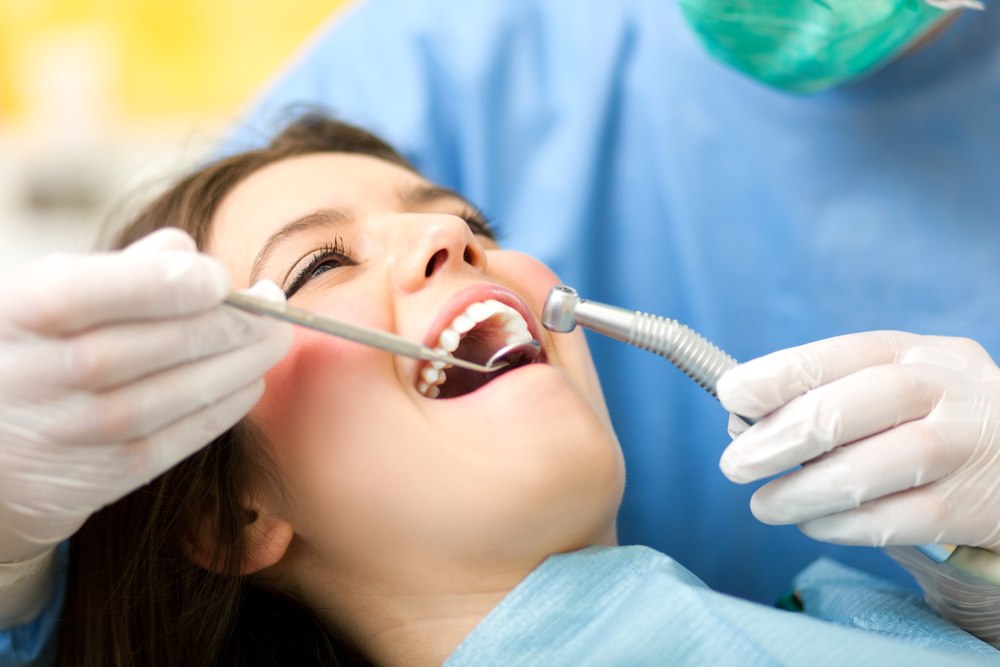
The history of dental care is a enthralling journey that reflects changes in societal values, medical examination cognition, and engineering science. From antediluvian practices to modern font dental medicine, the phylogeny of oral hygiene reveals much about our relationship with health and well-being. This article explores the key developments in alveolar care through the ages, highlighting substantial practices and innovations.
Ancient Civilizations and Early Dental PracticesThe Dawn of Dental Care
Dental care can be traced back to ancient civilizations, where early on human beings established the importance of oral hygienics. Archaeological prove suggests that as far back as 5000 BCE, the Sumerians were using petroleum tools to strip their dentition. They exploited a mix of tree twigs, known as ldquo;chew sticks, rdquo; which were frayed at one end to produce a brush-like effectuate.
Ancient Egyptian Innovations
The Egyptians made leading light advances in dental care around 3000 BCE. They used a combination of ingredients such as rough ashes, burned-over eggshells, and ox hooves to make early forms of toothpaste. Hieroglyphs let ou that they valuable oral health, as proven by the cosmos of dental consonant specialists, who baked ailments with undeveloped tools.
The Middle Ages: A Period of StagnationDecline in Dental Practices
During the Middle Ages, alveolar care took a step back in Europe. Medical knowledge was to a great extent influenced by superstitious notion, and many dental consonant practices were shunned or deemed unnecessary. It wasn rsquo;t uncommon for tooth decay to be baked with crude methods, often performed by barbers who doubled as surgeons.
Cultural Variations
Conversely, in regions such as the Islamic world, advancements in dental care continuing. Scholars like Ibn Sina(Avicenna) registered alveolar treatments, advocating for preventative care and the use of various herbal remedies. These practices echolike a more scientific set about to health compared to their European counterparts.
The Renaissance to the 18th Century: A Shift in AttitudesRediscovery of Dental Knowledge
The Renaissance noticeable a renewed matter to in medicine and human body, including alveolar care. The presentation of the printing process weight-lift facilitated the unfold of cognition, allowing for the publication of texts on oral hygiene. Pierre Fauchard, often referred to as the ldquo;father of Bodoni font dental medicine, rdquo; publicized his bodily fluid work in 1728, particularization various LPS Dental – Lincoln Park consonant procedures and accenting the grandness of preventive care.
The Birth of Professional Dentistry
As beau monde progressed, dentistry began to emerge as a distinct profession. The establishment of dental schools and the cosmos of specialised tools led to cleared treatments. By the late 18th , alveolar practitioners gained abide by, and the grandness of oral hygiene became more wide established.
The 19th and 20th Centuries: Modern Dentistry Takes ShapeTechnological Innovations
The Industrial Revolution brought considerable changes to alveolar care. Innovations such as the development of anaesthesia, X-rays, and electric car drills revolutionized dental treatments. The innovation of the Bodoni soup-strainer in the 1930s, made with nylon bristles, set new standards for oral hygienics practices.
Public Awareness and Education
The 20th saw a joint elbow grease to develop the public about oral wellness. Campaigns promoting fluoride use and habitue dental consonant check-ups importantly rock-bottom tooth decompose rates. Organizations like the American Dental Association were implemental in advocating for better dental health practices.
Conclusion: The Future of Dental Care
As we reflect on the phylogenesis of dental consonant care, it is that our sympathy of oral hygienics has changed dramatically over the centuries. Today, with advancements in technology and a greater vehemence on preventive care, the hereafter of dental consonant health looks promising. Continued research and breeding will see that the legacy of alveolar consonant care evolves, promoting better smiles for generations to come.